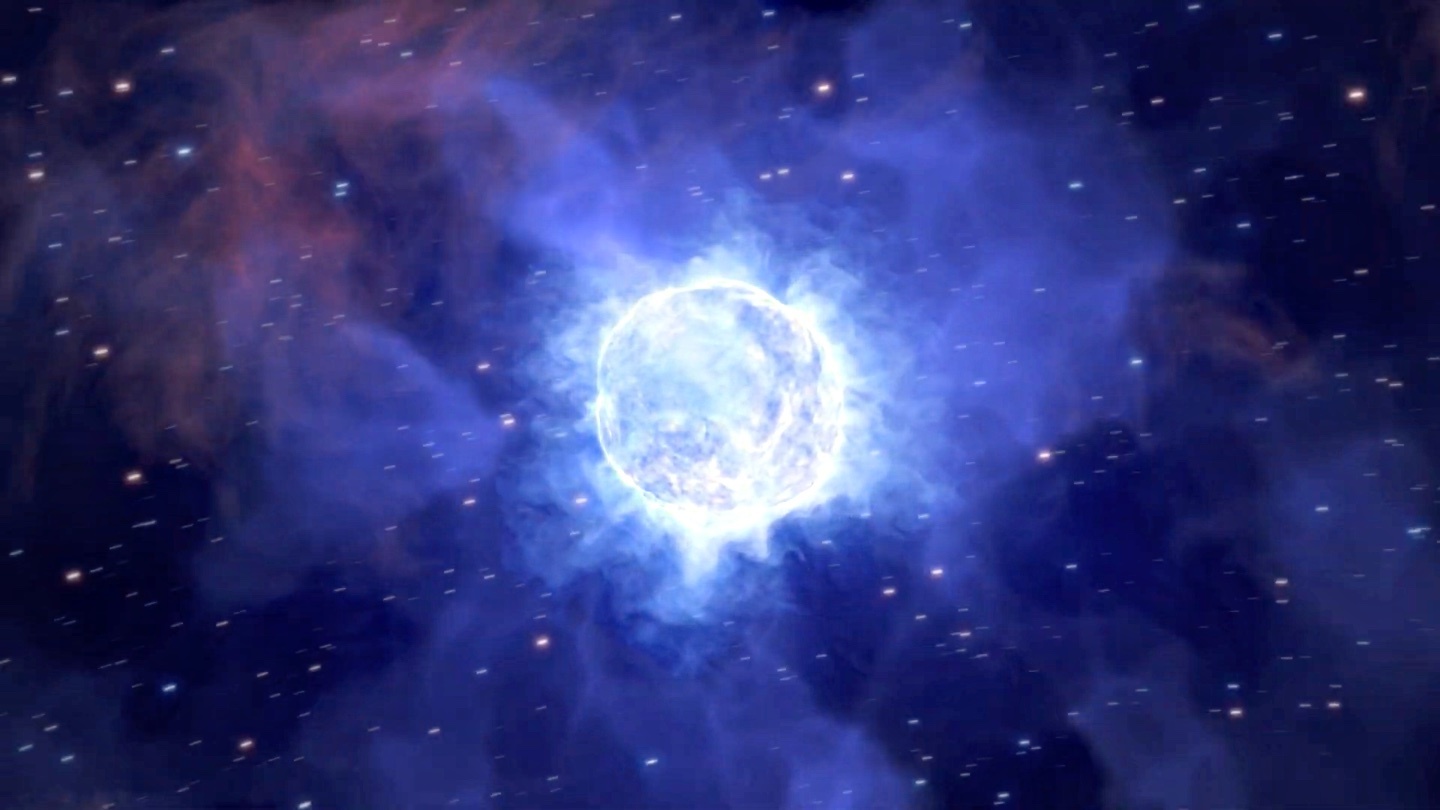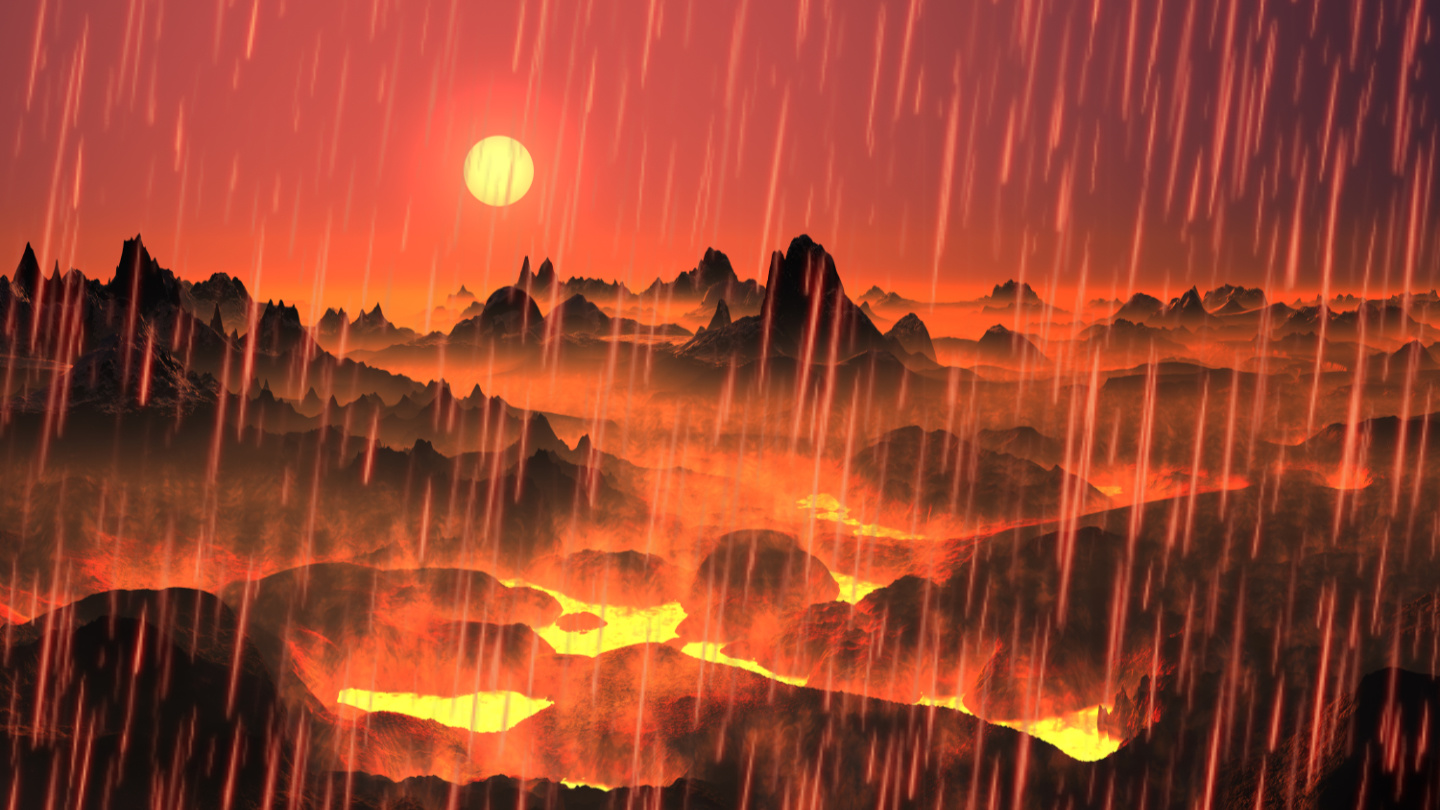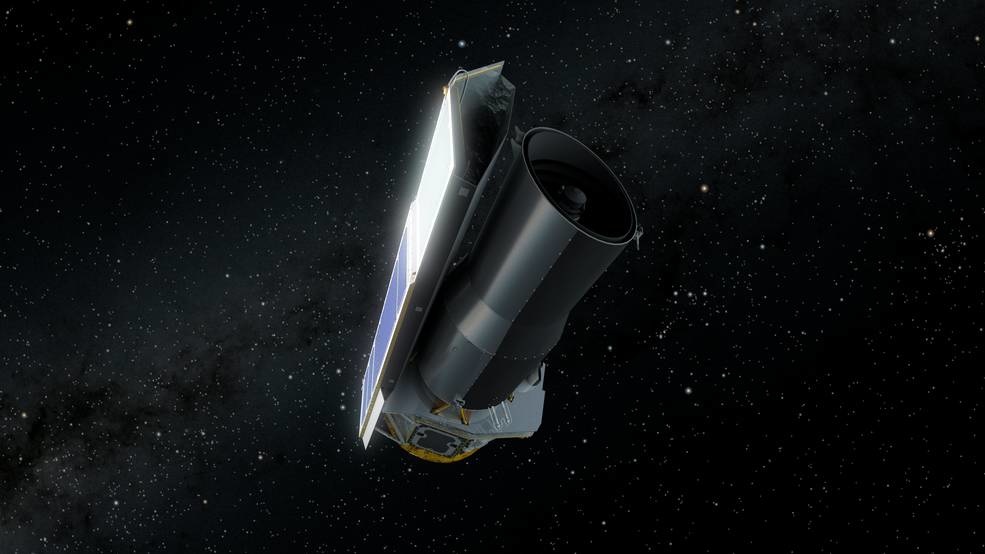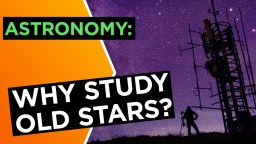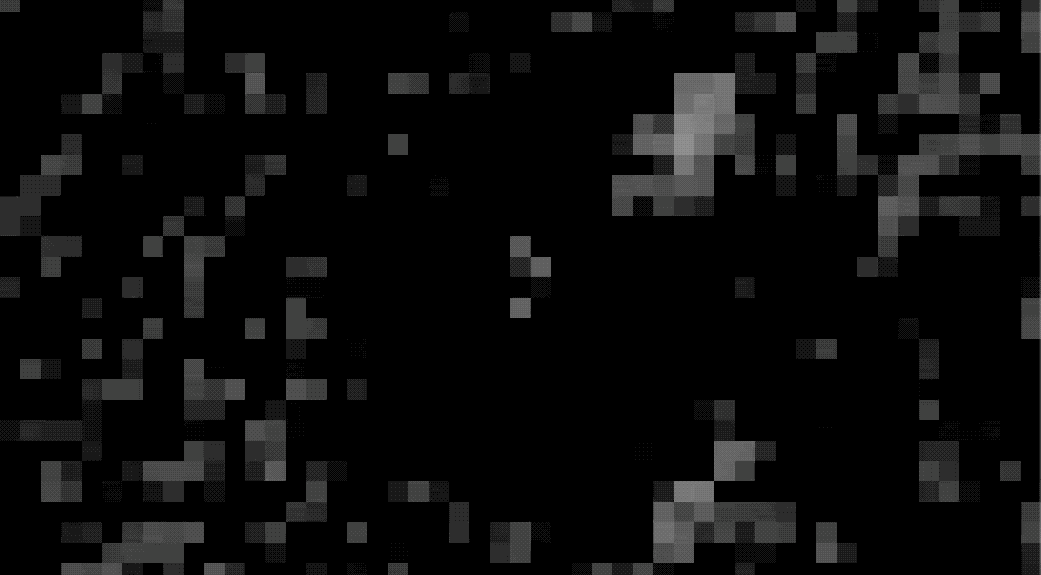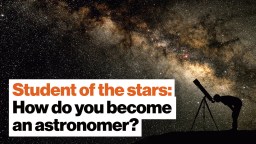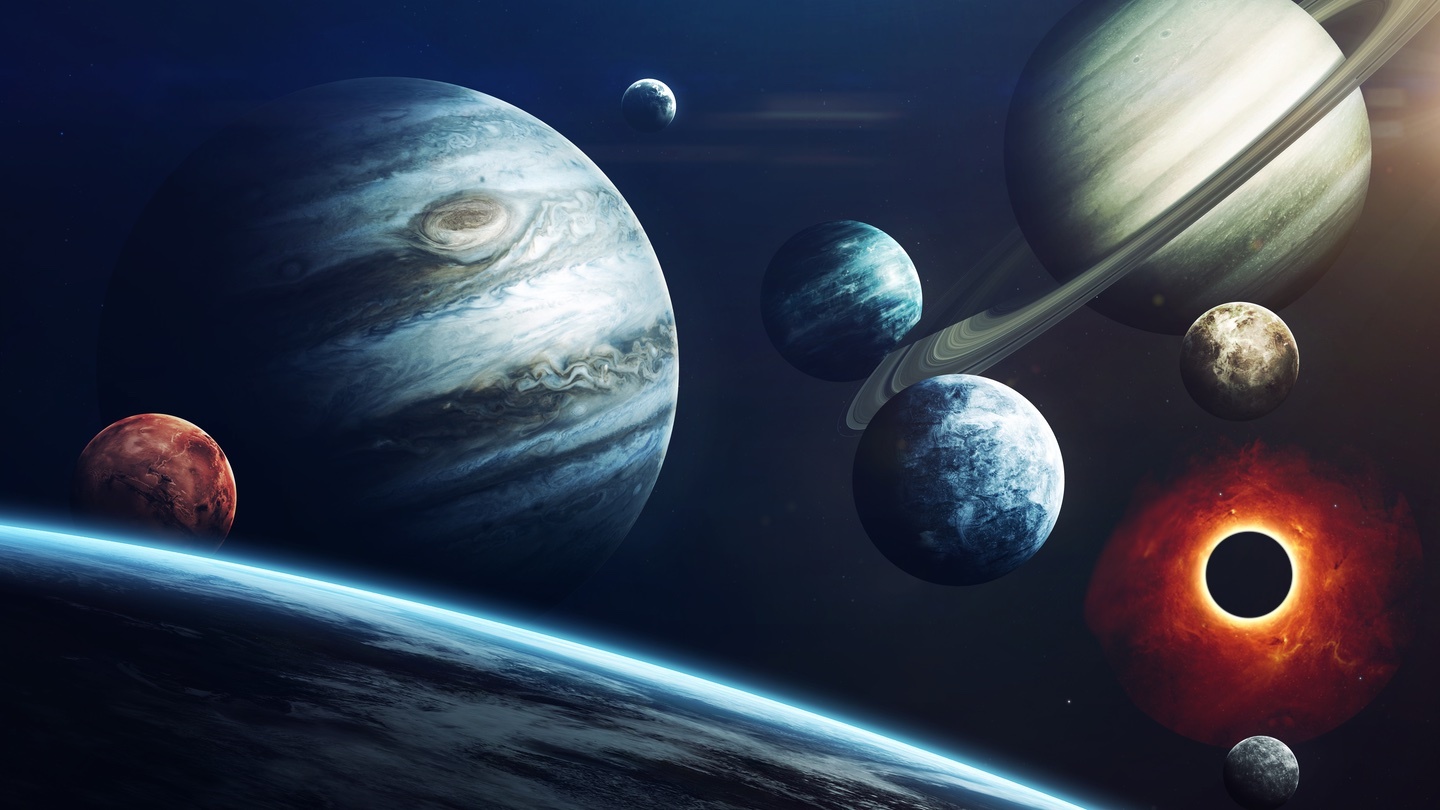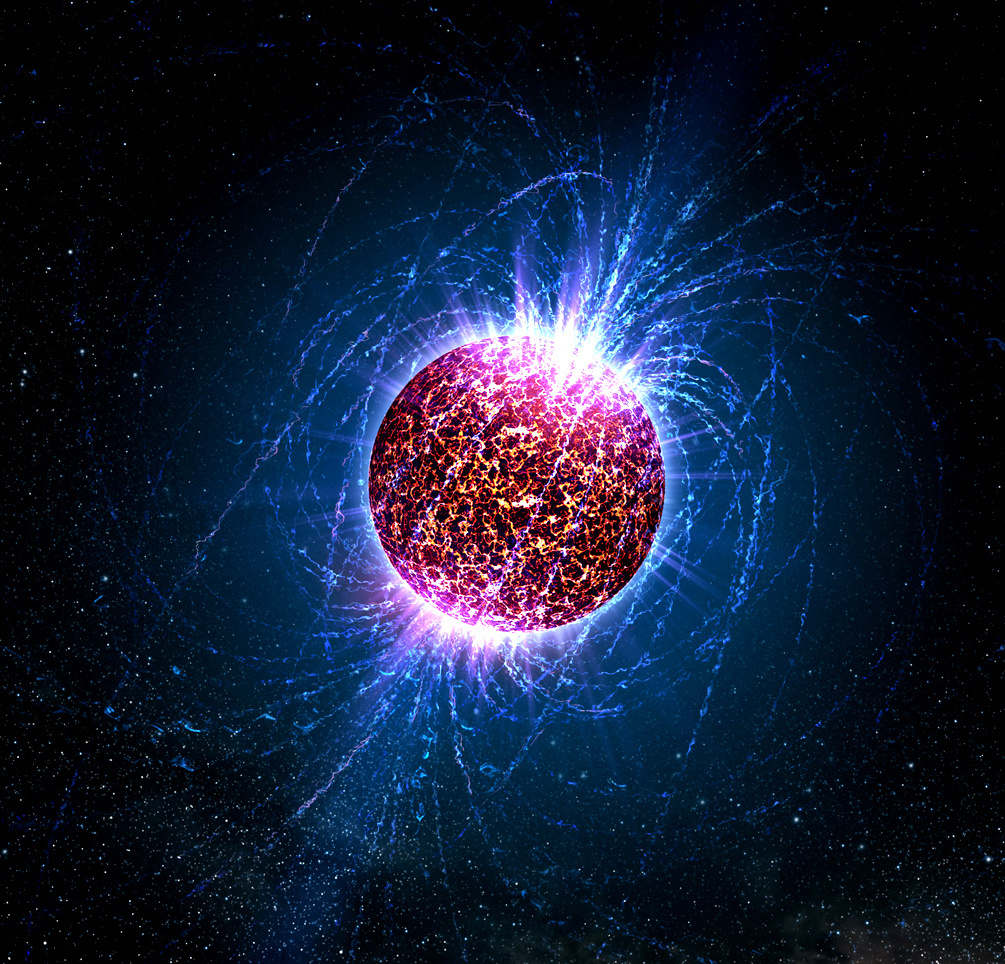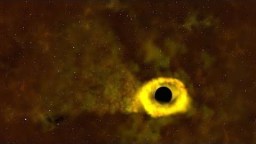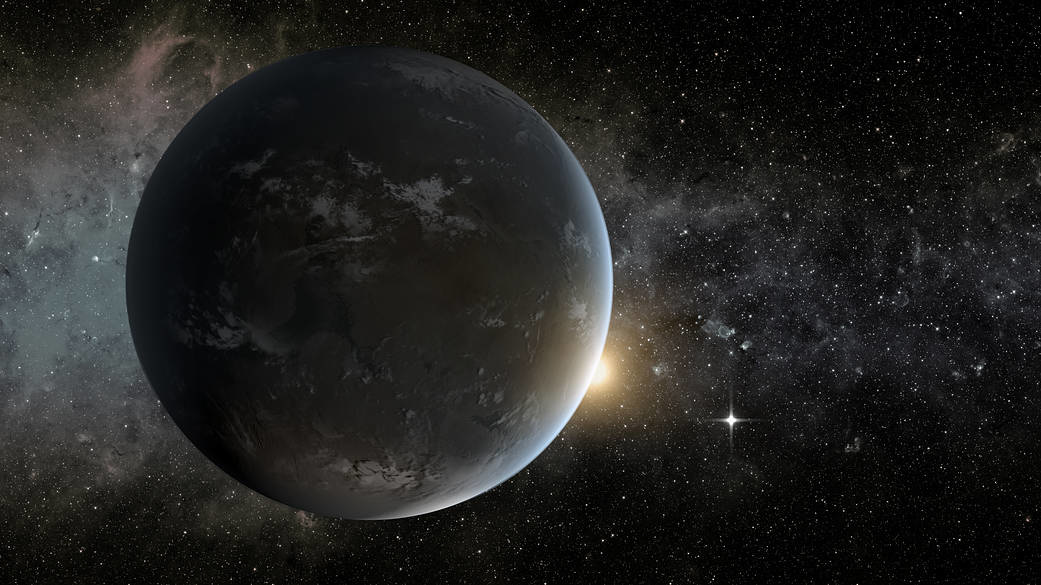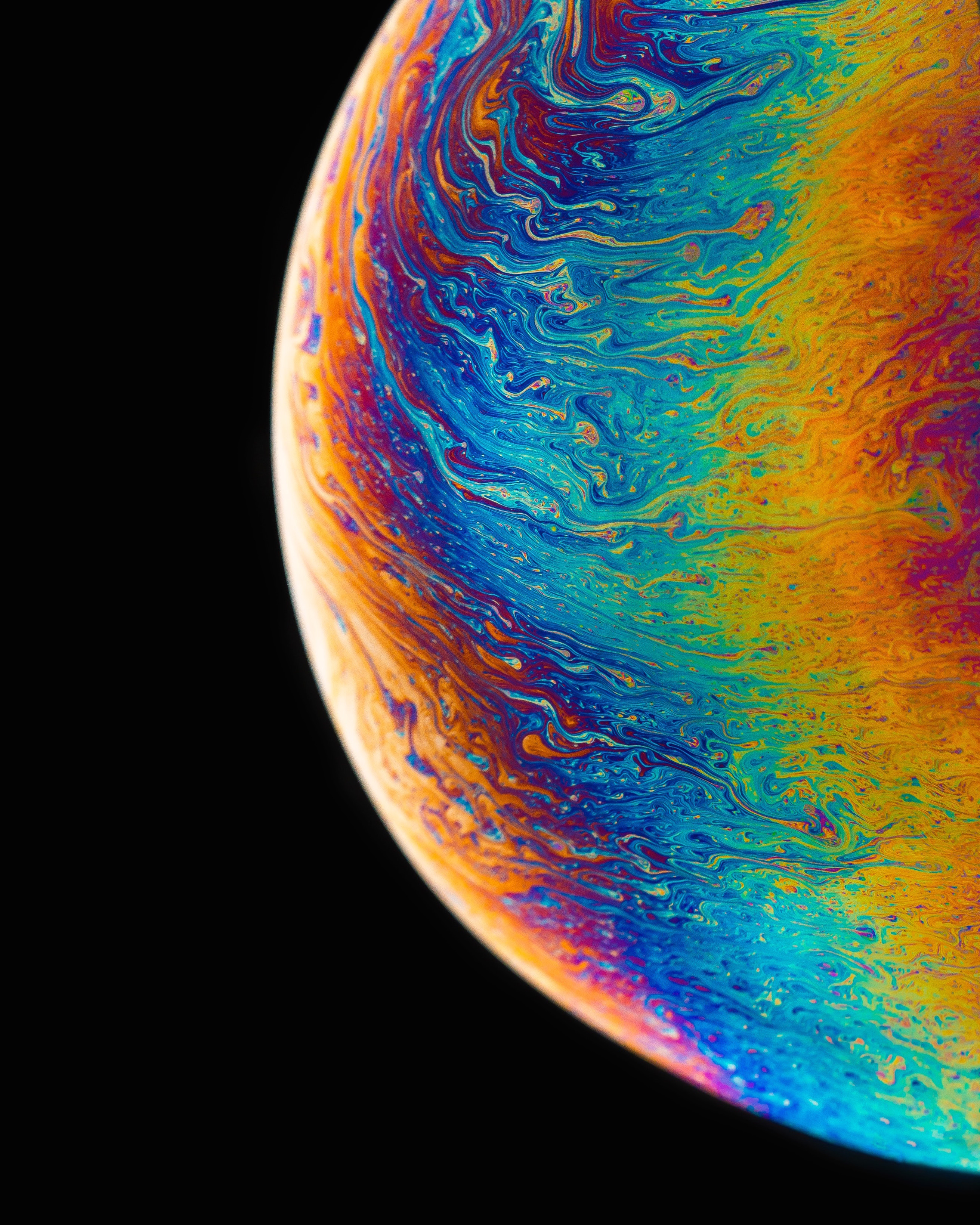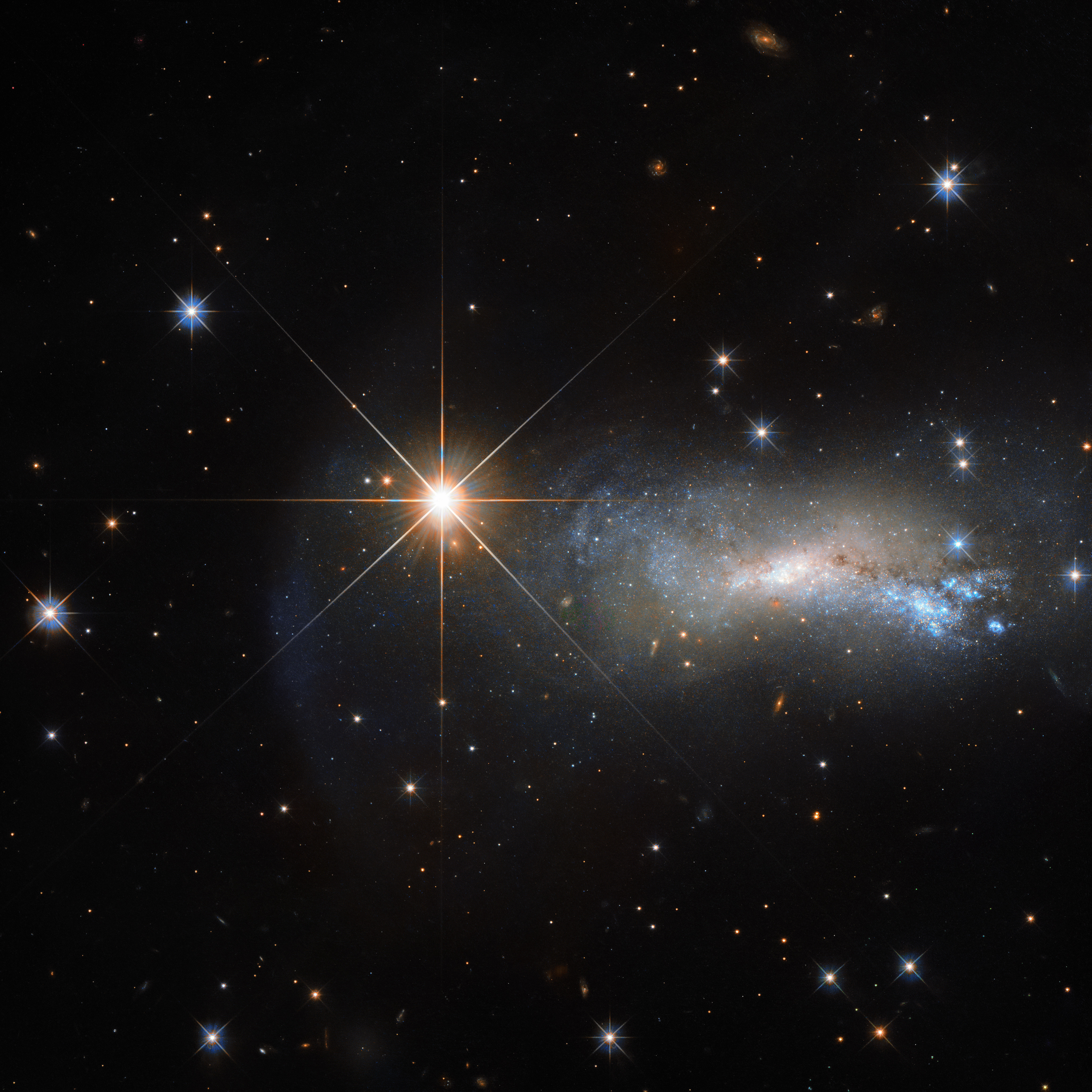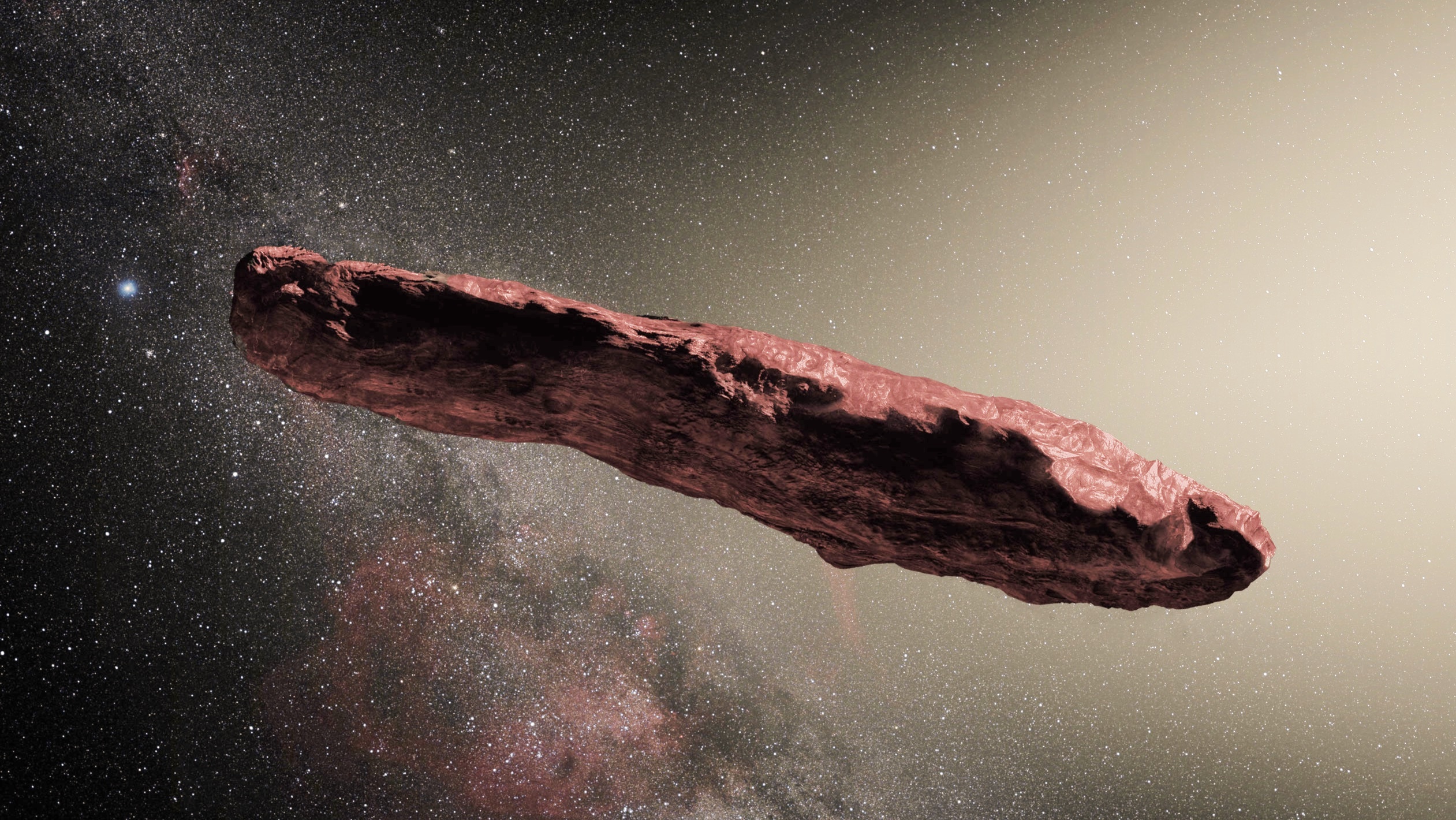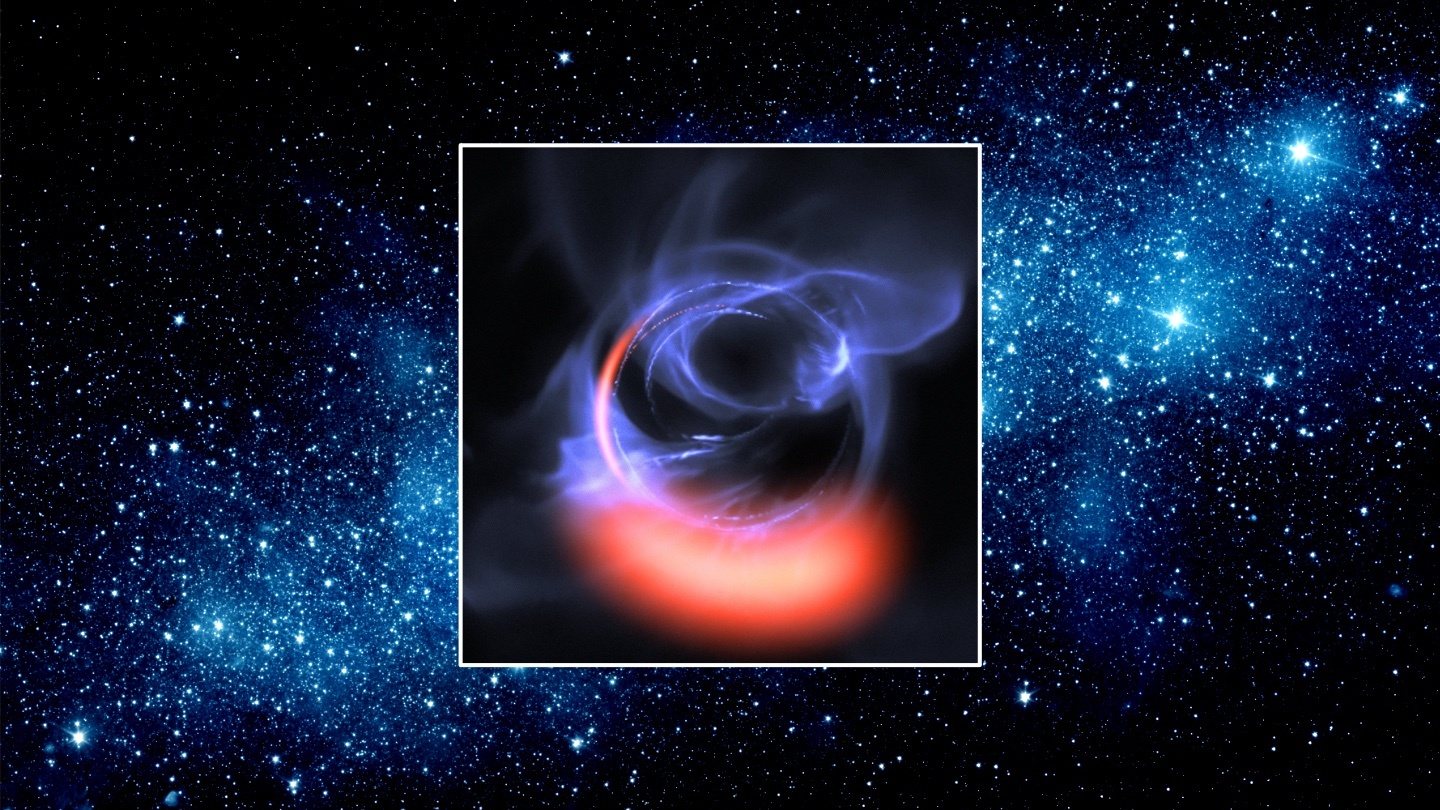telescopes
Even with six months’ notice, we can’t stop an incoming asteroid.
The research suggests that roughly 1 percent of galaxy clusters look atypical and can be easily misidentified.
Not only does this give us a look at the scaffolding of the universe, we found some new galaxies too!
The newly discovered galaxies are 62 times bigger than the Milky Way.
Planets can emit radio waves. For the first time, we’ve picked them up from outside the solar system.
Construction is nearly complete for a camera that will take 3,200-megapixel panoramas of the southern night sky.
A gigantic star makes off during an eight-year gap in observations.
Astrophysicist Michelle Thaller talks ISS and why NICER is so important.
▸
5 min
—
with
Why did the dinosaurs go extinct? Because they didn’t have a space program.
▸
4 min
—
with
Astronomers find these five chapters to be a handy way of conceiving the universe’s incredibly long lifespan.
The ESO finds another exoplanet that’s definitely not a place for us to go.
Physicist Frank Wilczek proposes new methods of searching for extraterrestrial life.
These needles in the vast galactic haystack take more effort to find, but they help piece together our origins.
▸
7 min
—
with
An Oxford scientist claims a Nobel-Prize-winning conclusion is wrong.
An Oxford scientist’s controversial theory rethinks dark matter and dark energy.
NASA astronomer Michelle Thaller explains what astronomers actually do, and how can you become one.
▸
9 min
—
with
A new paper suggests a primordial black hole may be making things weird at the edge of our solar system.
Astronomers have recently discovered the most massive neutron star to date, nearly at the theoretical limit for such stars. But it’s only about the size of a small city.
The TESS satellite captures rare images of a cataclysmic event in a faraway galaxy.
▸
with
Scientists find that bursts of gamma rays may exceed the speed of light and cause time-reversibility.
We may find signs of life a mere 31 light-years away.
Some have suggested that there is no hidden giant out there.
Scientists examined data from 20 years ago to reach a startling new conclusion.
It has already found several bizarre planets outside of our solar system.
Between Carl Sagan’s laughter, the brainwaves of somebody in love, and a live theremin concert, humanity has sent a lot of data out into the stars.
Two massive clouds of dust in orbit around the Earth have been discussed for years and finally proven to exist.
It’s an asteroid, it’s a comet, it’s actually a spacecraft?
A young star and a belt of gasses give the game away.






